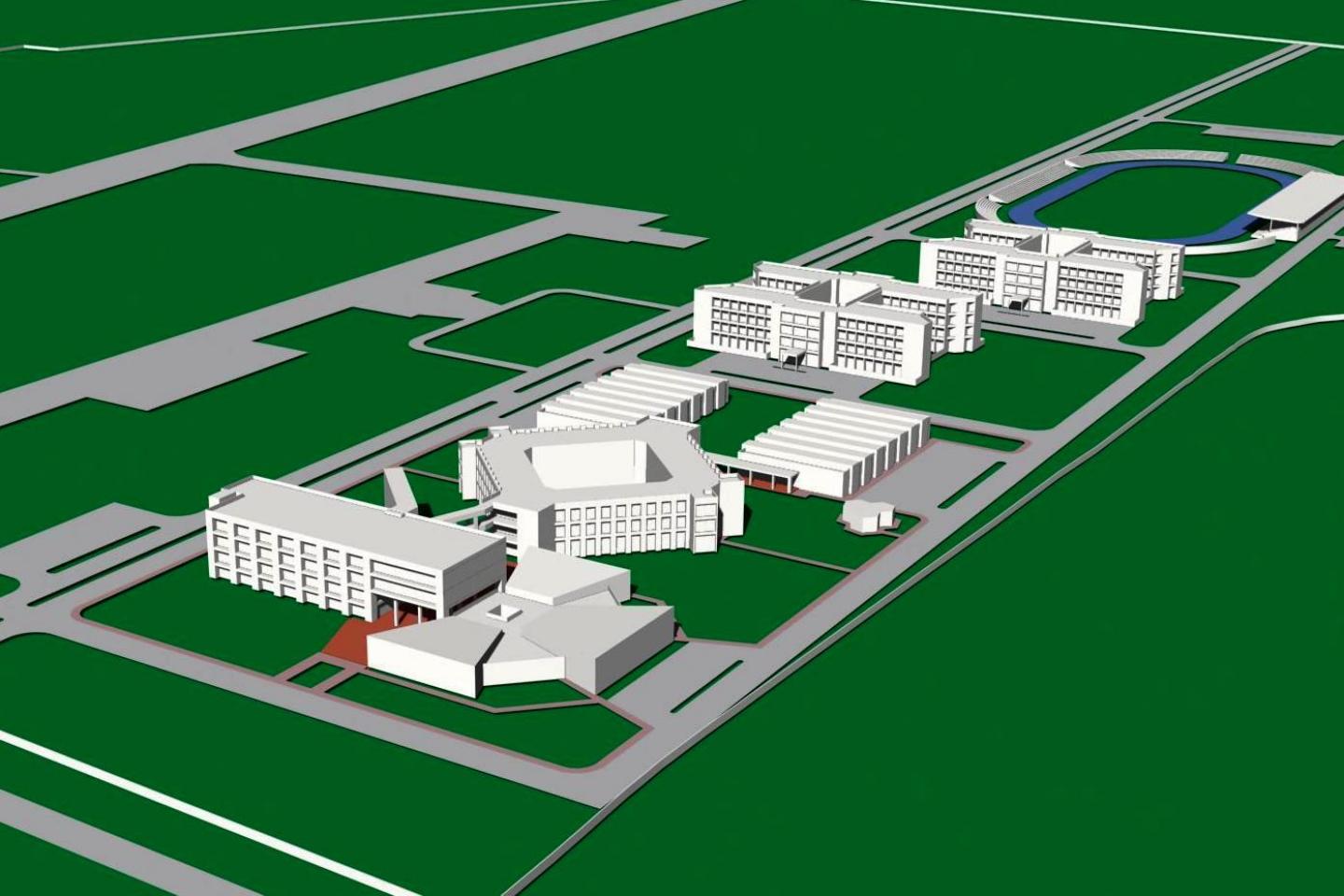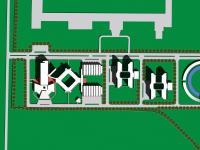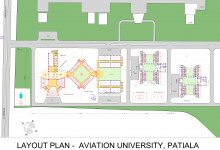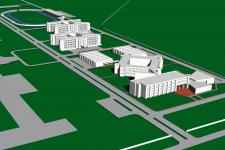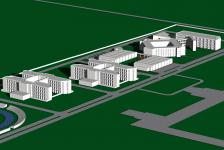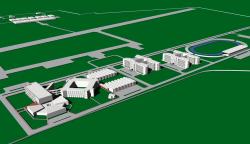PUNJAB AVIATION UNIVERSITY, PATIALA
According to the International Civil Aviation Organization (ICAO) aviation industry is poised for a quantum leap in the immediate future as passenger traffic on international routes is likely to increase tremendously. Thus demand of pilots and engineers to cope up with the increase in the air traffic is expected to go up substantially in the coming years.
Keeping in view the demand for highly trained engineers and technicians, the Government of Punjab proposes to set up a state of the art engineering training facility to be called the Punjab Aviation University (PAU) at Patiala Civil Aerodrome, Patiala. This College will be located at a site which earlier had Punjab Aircraft Maintenance Engineering College.
The PAU will have the positive advantage of being co-located at an operational uncontrolled but towered airfield, which is being used for imparting flying training, handling of chartered flights including VIP flights and the Army Aviation Corps operations. The airfield already has sufficient infrastructure in terms of buildings and labs, however, additional infrastructure can be easily accommodated at the Government owned airfield having an area of about 250 acres.
Even though aeronautical engineering had been taught in India for the last four to five decades at some of the prestigious technical education institutions such as Indian Institutes of Technology (IIT) Kanpur, Khargpur, Mumbai and Chennai, however, the growth in this field has not been as marked as has been in the other disciplines of engineering.
Creation of PAU is one of the building blocks towards the overall mission of the Government of Punjab to have a highly motivated, committed and skilled manpower in the State, who meet the current industry standards for employment of youth in the technical fields. The institution will be developed into a center for excellence; far exceeding the standards required by the relevant industry and will also prove true to the expectations of the students.
The mission of the Government is to create an education and training environment which inculcates in learners the desired values, attitudes, knowledge, skills and competencies, particularly in technology, innovation and entrepreneurship to enable them to make informed decisions for being gainful members of the society who contribute towards the overall progress and betterment of the State and the country. The relevance of PAU under this mission is:
? Creation of a state of the art facility to impart quality education in the aviation and aerospace engineering with a large component of practical or hands on training.
? Providing adequate infrastructure in terms of educational, laboratory, research, extracurricular and recreational facilities for the benefit of the students for their overall development as productive citizens of the society.
? To provide professional and developmental services to the industry, public organizations and society.
? To establish linkages with other organizations, educational and research institutions for creating synergy in achieving the objectives of this mission.
The PAU has set forth the following objectives to achieve its mission:
? To create modern infrastructure for imparting quality education in the aeronautical and aerospace technology.
? Establish well equipped laboratories and reference libraries for imparting education in the relevant fields.
? Adopt modern pedagogy with well-equipped class rooms and well informed and trained faculty and supporting staff.
? Continuous faculty development and capacity building to keep the faculty abreast with the latest developments in the industry.
? Demonstrate practical aspects of technological learning through frequent interaction with the industry and providing opportunities to the students to assist in maintenance procedures of serviceable equipment.
? Greater reliance on hands on training using serviceable equipment, audio-visual documentaries, field visits, professional workshops and seminars.
? Encourage students to think and experiment beyond the prescribed curriculum envelop so that they develop a spirit of enquiry and crave for professional learning.
? Provide opportunities to the students to pursue hobbies, sports or extracurricular activities to learn value of team spirit and healthy competition.
? To groom the students to higher level of cognitive, affective and psychomotor (head, heart and hands) abilities for achieving high standards in technical skills along with imbibing social and human values.
The key objectives of the PAU are in consonance with the policies of the Government of India. It has been observed that the general purpose higher education leaves much to be desired from the students insofar as the future employers are concerned. Such students do not have any special skills, which may set them apart from other educated unemployed persons. It had been felt that the students who pass out of a particular institution must have such skills, which meet the specific needs of the employers, thus giving them an edge in the job market.
Aviation industry in India is set to grow rapidly in the coming years. The focus of the Government of India to expand air services and operations to smaller cities by developing new airports is an indicator of the future growth in this sector. The Government of India has also done major policy realignments to boost growth in the aviation sector, which in turn will translate into more jobs.
The PAU will adopt a unique approach of imparting technical education, which will enable the students to experience all aspects of aircraft engineering right from routine maintenance to design and development of advanced flying machines. It will also provide students various options to pursue a particular stream within the overall field of aeronautical engineer and specialize in the fields of their choice. The curriculum to be followed by the students at the PAU will have a very heavy component of hands on training. Minor and major projects, both for diploma as well as degree students will make the students undergo transition from theoretical knowledge to practical training. The gap between theory and practice will be minimized by making the curriculum and scheme of study respond to the urge of the young minds in seeking knowledge.
2014
